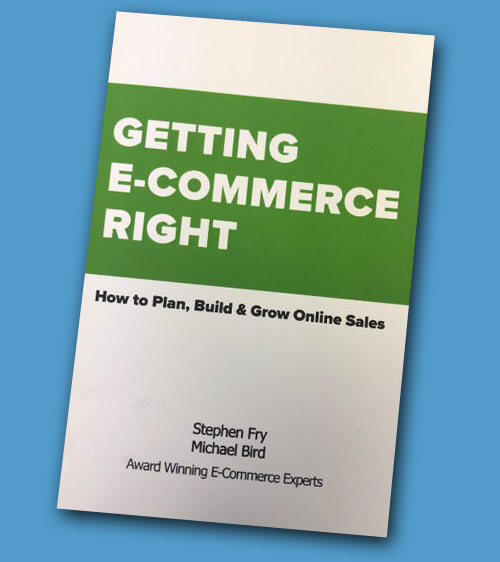Budgets for a new E-Commerce website can range from a few thousand to millions of dollars. When the analysis work is properly done on the frontend of a new initiative, it’s pretty easy to build an ROI model that supports the required budget. Sometimes, however, you may find yourself with a need for E-Commerce functionalities that exceed the available budget. If you’re in this situation, here are some ideas you might investigate.
Three Innovative ways to pay for E-Commerce
Budgets for a new E-Commerce website can range from a few thousand to millions of dollars. Here are some ideas on how to fund this effort.
1. Co-op Advertising.
You may already be utilizing co-op advertising dollars to help support marketing efforts in your organization. Many of these programs also allow the budget to be allocated to web development and digital marketing activities. Often, the best way to maximize the access to these dollars is to create sponsored areas and allow each supplier to own that area of your new online store. Depending on your business and the number of vendors, you could easily generate enough revenue to offset your E-Commerce development and ongoing digital marketing budget.
Getting E-Commerce Right
How to Plan, Build and Grow Online Sales

- Maintain dealer and retailer relationships
- Have happier customers
- Reduce returns and customer service calls
- Move stale inventory quickly
- Sell complex products
Guidebook Now
2. Pay-for-Performance.
There are some companies that will take on E-Commerce development with little or no upfront payment, in exchange for a per sale commission once the site launches. Typically, in these arrangements, the developer receives its fee based on a pre-established per item or per sale amount. While this kind of agreement might sound interesting, it can be difficult to find a win-win scenario.
3. Government Grants.
Federal government grants for E-Commerce development and digital marketing are available to qualifying manufacturers. As you might imagine, there are some requirements and stipulations, but these kinds of programs do exist.
If you’re currently selling equipment, parts or services online and want to build a new E-Commerce site, create a written plan that details how the new site will achieve significant new sales. Then check with your state and local government economic development offices to see what programs they may offer.
If you can demonstrate that selling more online will allow you to add new jobs, these organizations are often willing to provide grants, loans and/or tax credits. Here are a few resources to help you get started:
- U.S. Department of Commerce (DOC)
- U.S. Small Business Innovation Research (SBIR) program
- 105 top small business grants
- Small business grants for immigrants
This is just one example of the practical advice you’ll find in our free guidebook:
Getting E-Commerce Right
By Spindustry founders, Stephen Fry and Michael Bird
Getting E-Commerce Right is an easy-to-follow guide to finding digital commerce success. Written specifically for manufacturing, distribution and retail business owners and leaders, this practical guide will help you plan, build and grow your online sales. A must-read before starting a new E-Commerce initiative or upgrading an existing one.
Ready to Get Started?Click Here to Talk to an Expert
Getting E-Commerce Right
How to Plan, Build and Grow Online Sales

- Maintain dealer and retailer relationships
- Have happier customers
- Reduce returns and customer service calls
- Move stale inventory quickly
- Sell complex products
Guidebook Now
- 515.225.0920
- 877.225.4200
- 1370 NW 114th Street, Suite 300
- Des Moines, Iowa 50325